

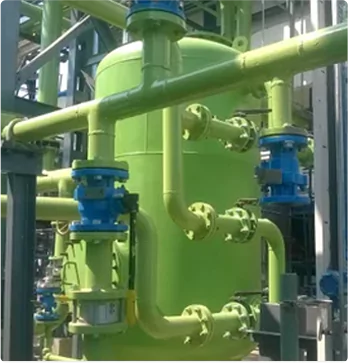
Vasudev water solution has over 16 years of experience in filtration and water treatment in the industrial sectors
Using side stream filters for cooling water is multi-path filtration, so the water is filtered multiple times, allowing for fine particle sizes to be removed and provides effective filtration even with 20-100 micron
Side stream filtration is an effective tool for the control of deposition and fouling in a cooling water system. Determining the proper type for your system includes examining various factors and filter media types.
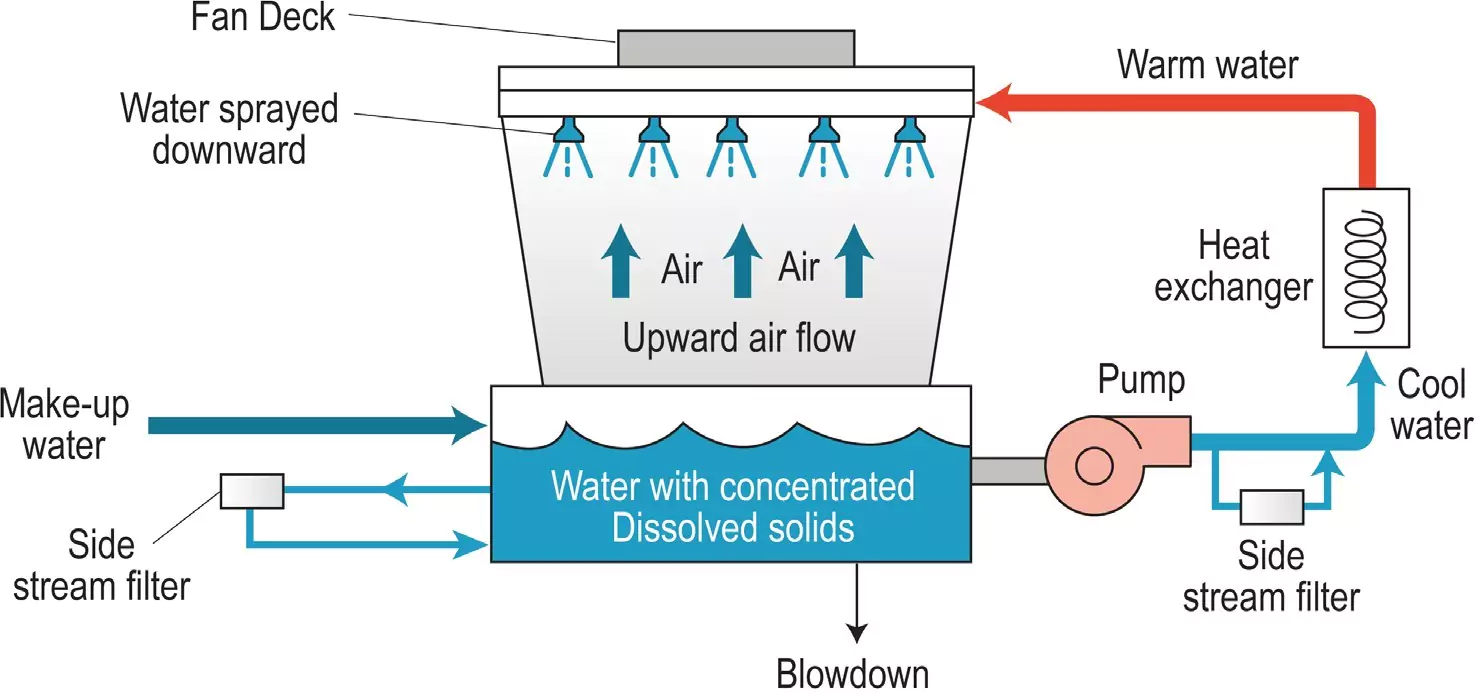
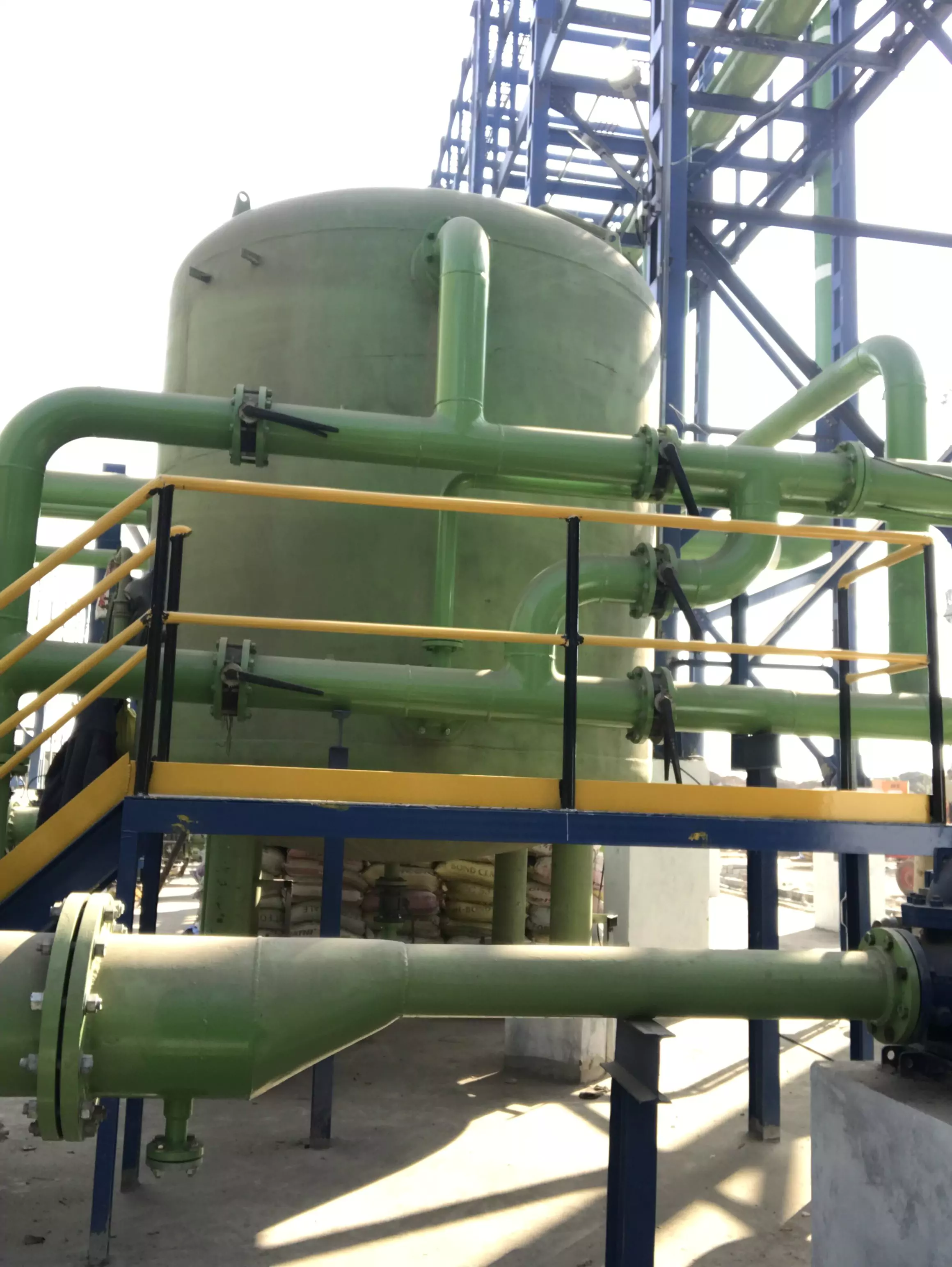
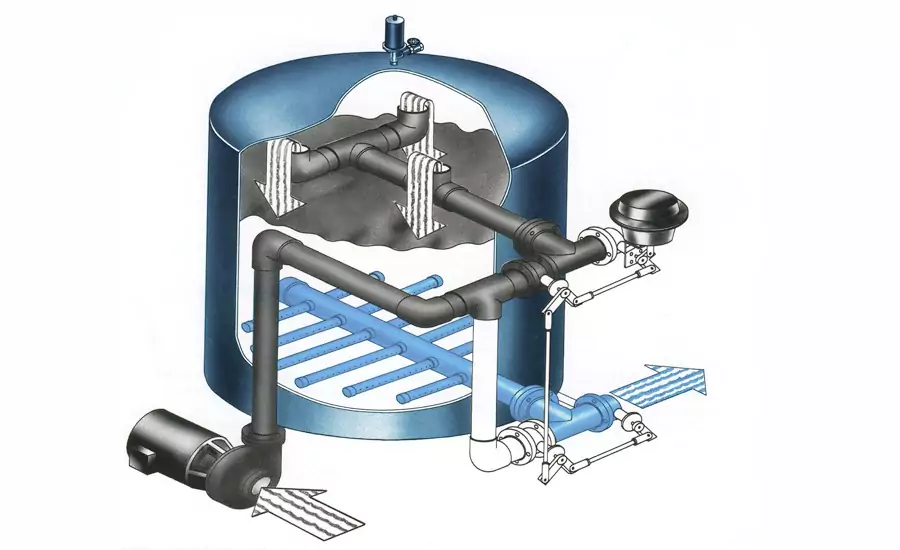
With heavy solids loading, significant cooling tower improvement might be realized with the use of a side stream filter.
The installation of a side stream filter is a capital expense that generally requires return on investment (ROI) consideration for plants to approve. Consider the following as indications that a plant should evaluate prior to the installation of a filter.
Several benefits can result from the use of a side stream filter. Obviously, not all of those listed below apply to all systems, and good judgment must be applied before making any claims. However, bearing that in mind, the following benefits can be realized.
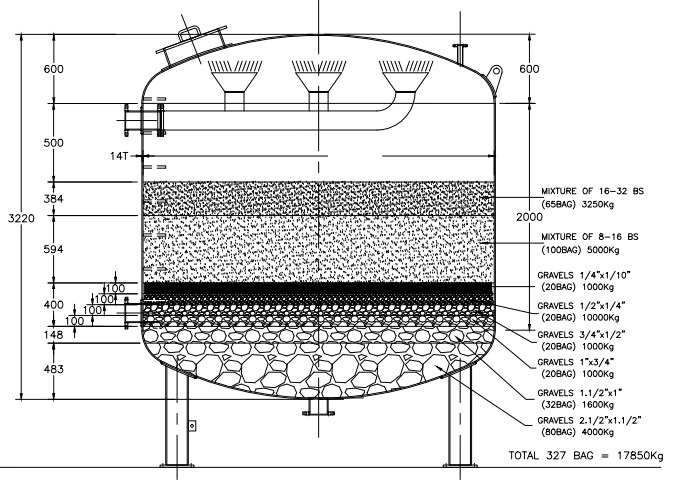
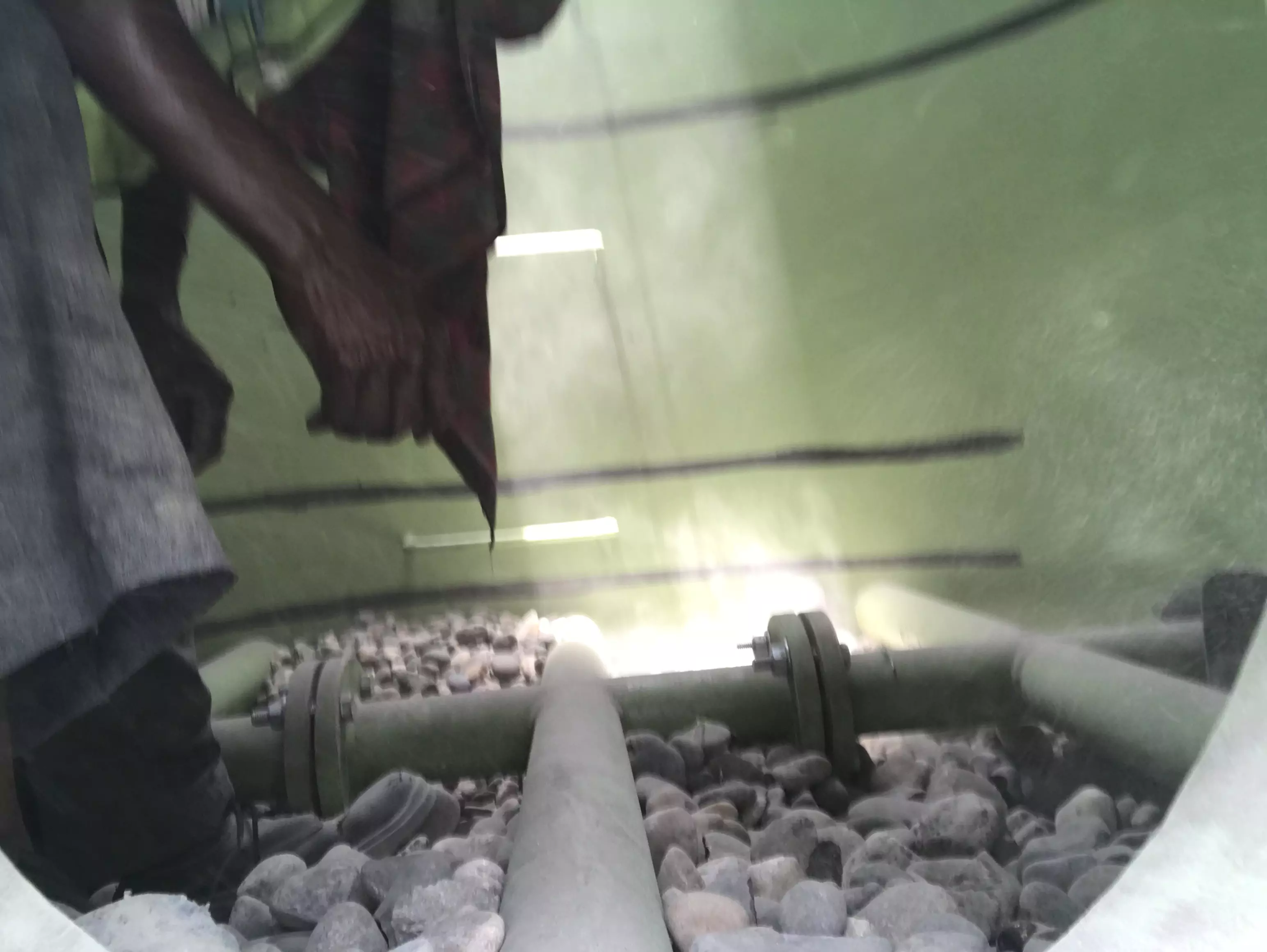
In most cases, because of their high sediment removal ability, sand or anthracite is the filter medium used, and sometimes the two will be used together (i.e., mixed media). The filter beds contain different size layers of the media. Fine sand or anthracite will be on top, with larger and coarser grades underneath. These will be supported on graded gravel or heavy anthracite.
Most filters operate at a filtration rate of 2 to 3 gallons per minute per square foot of filter surface. Backwash rate is enough to expand the filter bed by 50 percent, usually 10 to 20 gallons per minute per square foot.
It is strongly recommended that a particle analysis be done on the representative stream that is to be treated. This can be reviewed while planning your side stream treatment. For most side stream filtration, a centrifugal style filter is optimal. It will remove the major problems your system faces and require very little maintenance or repair. However, each filter product does have its limitations.
Media filters provide depth filtration technology by filtering water through a thick layer of graded granular particles. Suspended solids are trapped and attach to the filtration media. Available in a wide range of media types – sand, crushed glass, active carbon, anthracite, basalt, etc. The filter vessels are available in various tank construction materials, meeting international drinking water standards.